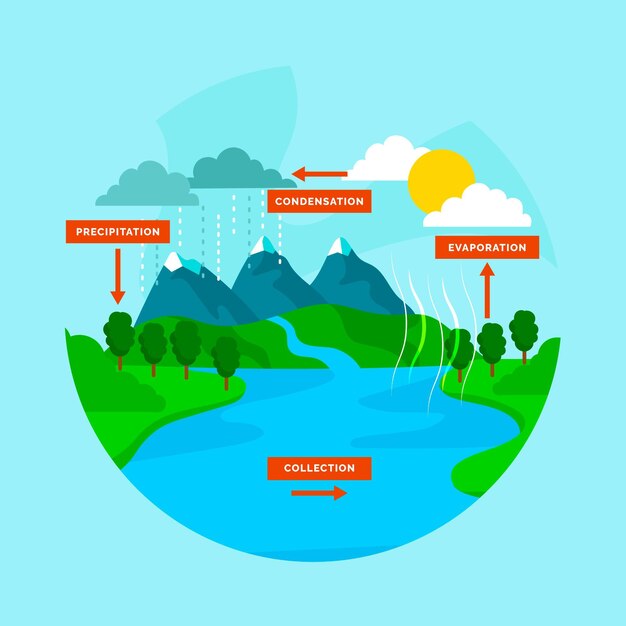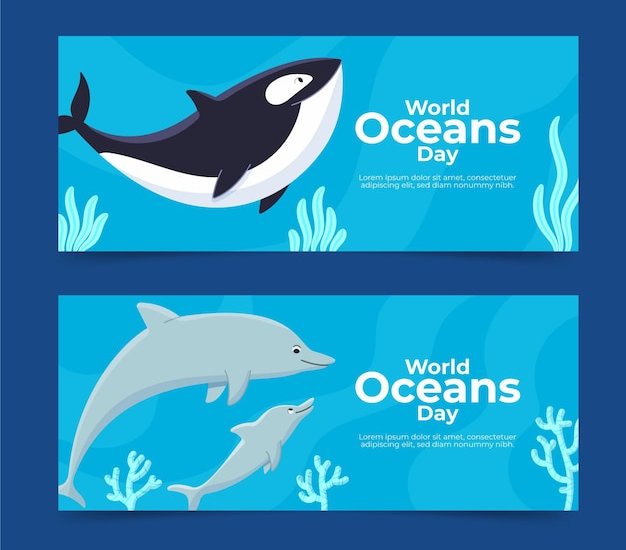Fascinating Facts About the Biosphere

The biosphere is the zone of life, encompassing all living organisms on Earth.
About 70% of the Earth’s surface is covered by the biosphere.
The biosphere plays a critical role in regulating the planet’s climate.
There are more than 8 million species estimated to exist in the biosphere.
The Amazon Rainforest, known as the lungs of the Earth, is an integral part of the biosphere.
The biosphere extends from the deepest ocean trenches to the highest mountain peaks.
The biosphere supports a complex web of ecological interactions and relationships.
The biosphere provides essential ecosystem services such as food production, water filtration, and carbon sequestration.
Over 50% of the world’s oxygen is produced by marine plants in the biosphere.
The biosphere is constantly evolving and adapting to environmental changes.
Coral reefs are one of the most biodiverse ecosystems in the biosphere.
The biosphere is under increasing threat from human activities such as deforestation and pollution.
The biosphere has an incredible capacity for resilience and regeneration.
Many medicinal compounds are derived from plants and organisms in the biosphere.
The biosphere is characterized by its diversity, with different ecosystems existing in various parts of the planet.
The biosphere is interconnected, and changes in one part can have cascading effects on others.
The biosphere is home to fascinating adaptations, such as animals in extreme environments like deserts or polar regions.
Fascinating Facts About the Biosphere part 2
The biosphere includes both terrestrial and aquatic ecosystems, from forests to lakes and oceans.
The biosphere serves as a habitat for migratory species that travel long distances for feeding or breeding.
The biosphere is a rich source of inspiration for artists and writers, who often depict its beauty and wonder.
The biosphere is a source of renewable energy, with technologies such as wind and solar power harnessing its resources.
The biosphere is affected by natural phenomena such as volcanic eruptions and earthquakes.
The biosphere includes diverse microorganisms that play essential roles in nutrient cycling and decomposition.
The biosphere provides aesthetic and recreational benefits, such as national parks and wildlife reserves.
The biosphere’s boundaries are not fixed, with ecosystems overlapping and blending into each other.
The biosphere is influenced by human cultural practices and traditions, which shape our relationship with nature.
The biosphere is teeming with countless undiscovered species, holding potential for new scientific breakthroughs.
The biosphere’s biodiversity provides resilience against diseases and pests.
The biosphere is a delicate balance of predator-prey relationships that maintain ecosystem stability.
The biosphere has witnessed mass extinctions throughout history, leading to significant shifts in the composition of life.
The biosphere’s soils are essential for agriculture and food production.
The biosphere’s rivers and oceans support a diverse range of marine life.
The biosphere’s ecosystems exhibit intricate patterns of energy flow and nutrient cycling.
The biosphere’s vegetation acts as a natural carbon sink, helping regulate atmospheric CO2 levels.
The biosphere is a source of inspiration for sustainable design and biomimicry.
The biosphere’s diverse climates, from the Arctic to the tropics, support a wide range of species adapted to different conditions.
The biosphere’s forests are crucial for mitigating climate change by absorbing and storing carbon dioxide.
The biosphere’s wetlands provide habitat for migratory birds and filter pollutants from water.
The biosphere’s deserts, although seemingly barren, are home to unique and highly adapted organisms.
The biosphere’s grasslands support vast herds of grazing animals, shaping the dynamics of the ecosystem.
The biosphere’s coastal areas are rich in marine biodiversity, serving as nurseries for many species.
The biosphere’s tundra regions are characterized by extreme cold temperatures and permafrost.
The biosphere’s mountains are hotspots for biodiversity, housing unique species adapted to high altitudes.
The biosphere’s ecosystems are interconnected through migration and dispersal of species.
The biosphere’s future depends on sustainable practices and conservation efforts to preserve its incredible diversity.

